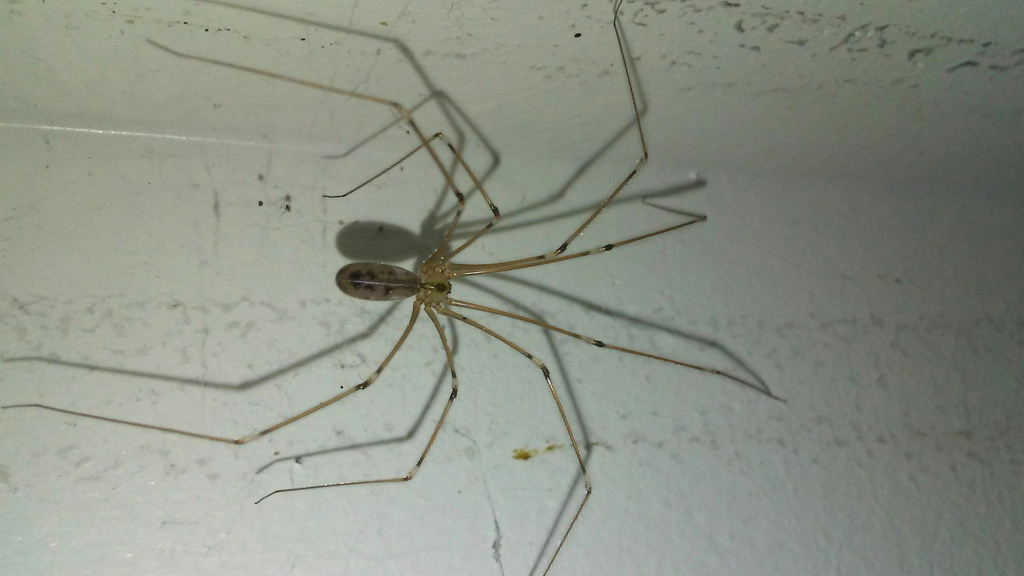

For example, there is the cupboard spider, American house spider, cellar spider, and the aggressive house spider. In the home, you are more likely to come across common types of harmless brown house spiders. Although these brown spiders bite, they tend to hide away and avoid people. The brown recluse has a light brown body with a dark brown marking on its back. Most people think about the brown recluse spider when they think about harmful brown spiders. Descriptions and pictures of brown-colored spiders will also help you identify a dangerous spider from a harmless one. This article is a guide to identifying common types of brown spiders you may find in your home. Other types of little brown spiders look like black widows and have a painful bite and live behind messy webs. Or you may find a yellow and brown spider in your garden spinning an orb web.

There is also a brown spider with white spots on its back and a big round body with a venomous bite. This means that you must take care if trying to get rid of any type of spider.įor example, a furry brown spider with black stripes on its legs can jump. Although most brown and black spiders are harmless, a few species are dangerous. If you spot a brown-looking spider indoors, you will probably ask yourself, “what is this brown spider in my house?” First, it’s vital to identify the type of brown spider. But, of course, a large brown recluse spider can lurk in crevices and inflict a nasty bite if you get too close. You might find other types of scary brown furry spiders that look like tarantulas in a basement, attic, or an outbuilding however, they are usually completely harmless. Some brown house spiders have large dark brown bodies with long spindly legs. Seeing a brown spider scurrying along the floor can be terrifying. With our expertise and pest control techniques, you don’t have to live in fear of cellar spiders.Email Pinterest Facebook Twitter Linkedin We will help you pinpoint how these spiders are getting in, how you can keep them out, and treat your home to evict any cellar spiders already living in your home. If the number of cellar spiders in your basement is too much to handle, call the pest control experts at Burns Pest Elimination. It’s comforting to know that cellar spiders can’t harm you, but their long legs and small body might be an unsettling sight for some.

Rid Your Home of Cellar Spiders with Burns Pest Elimination Frequently knocking down webs will also destroy this spider’s home and hopefully deter them from building a web in the same spot again. These long-legged spiders will also follow their food into your home so be sure to cut off these spiders and their potential meal by sealing any cracks in your foundation, doors, and windows.

Outside, these spiders will collect near flower beds or white light where other insects flock at night. Preventing Cellar Spiders in Las Vegas and ArizonaĬellar spiders tend to go where their food goes. Cellar spiders aren’t known to bite humans, but they are a nuisance. They are often gray or tan with long, skinny legs, and like to build their webs close to each other making it easier for them to mate and become a big problem in your home. Cellar spiders are true arachnids with a segmented body, while true daddy long-legs have fused bodies.
CELLAR SPIDER HOW TO
How to Identify Cellar SpidersĮven though cellar spiders are sometimes called daddy long-legs, they are actually quite different.
CELLAR SPIDER PROFESSIONAL
If you encounter several of these spiders in your basement or attic it might be time to call in professional help to get rid of these long-legged pests. They are virtually harmless to humans but their tendency to build their webs near each other makes it easy for them to quickly reproduce and spread throughout your home. Cellar spiders are probably the most commonly found spider in most Arizona and Las Vegas homes.


 0 kommentar(er)
0 kommentar(er)
